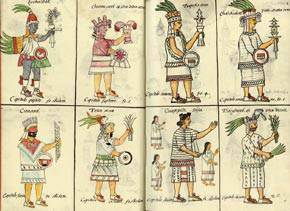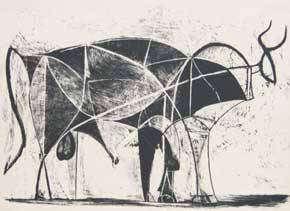
This elaborate censer portrays a deity central to a creation myth from Palenque, Mexico. Water curls on his cheeks and shell ear ornaments linking him to the rain god, Chahk, speak of his connection to the watery world. A shark serves as his headdress topped by a toothy crocodile. From this censer, ritual smoke curled through the city of Palenque, suffusing it with scent and mystery
Fiery Pool: The Maya and the Mythic Sea – Peabody Essex Museum
Rarely does an exhibition offer an entirely new way of viewing the art of a great civilization. Fiery Pool: The Maya and the Mythic Sea does exactly that by revealing and interpreting the importance of water to the ancient Maya. Shark teeth, stingray spines, sea creatures and waterfowl appear in form and image in works of stone and clay. Supernatural crocodiles breathe forth rain, and cosmic battles between mythic beasts and deities shape this radical new conception of the Maya worldview
27 March 2010 – 18 July 2010
]]>
Source: Peabody Essex Museum
Over 90 works, many recently excavated and never before seen in the United States, offer exciting new insights into the culture of the ancient Maya focusing on the sea as a defining feature of the spiritual realm and the inspiration for powerful works of art. Surrounded by the Gulf of Mexico, the Pacific Ocean and the Caribbean Sea, denizens of hundreds of Maya cities throughout the Yucatan Peninsula and Central America responded to the proximity of the ocean, and the power and omnipresence of inland and atmospheric water that shaped their existence.
Fiery Pool was organized by Daniel Finamore, The Russell W. Knight Curator of Maritime Art and History at the Peabody Essex Museum (PEM) and Stephen D. Houston, The Dupee Family Professor of Social Science and Professor of Archaeology at Brown University. The exhibition is scheduled to travel to the Kimbell Art Museum in Fort Worth, Texas, and the Saint Louis Art Museum.
“Fiery Pool is revelatory on two important levels. Its new interpretation moves us far beyond traditional views of the Maya as a land-based civilization. The show also reminds us that we are connected with an ancient, and yet still existing, civilization through the essential element of water,” said Lynda Roscoe Hartigan, The James B. and Mary Lou Hawkes Chief Curator at PEM.
At the height of its achievement between 300 and 900 AD, the Maya civilization spanned hundreds of cities across Mexico and Central America. Their culture highly-advanced in mathematics, astronomy, architecture and art, the Maya practiced a complex religion and used a refined pictorial writing system composed of more than 800 glyphs. Interpretation of this language had a role in understanding of Maya culture to that point. While today 90% of glyphs are now understood, it was only in the late 1980s that a glyph for the sea had been identified. Until this key glyph had been unlocked, the importance of the sea in Maya culture had not been fully studied or appreciated. Translated literally as Fiery Pool, identification of this glyph was part of a growing awareness of the centrality of the sea in Maya life that culminates in this exhibition and the companion book of the same title.
“Everywhere we went in Mexico and Central America, we consulted with Maya specialists, sharing with them our theory that the sea and water were actually central to the Maya, even those who lived far inland. Many artistic motifs actually called this out but no one recognized it before,” said Daniel Finamore. “These conversations inspired people to show us things that they otherwise wouldn’t have, objects recently excavated and never published that might fit the theme.”
Follow us on:


